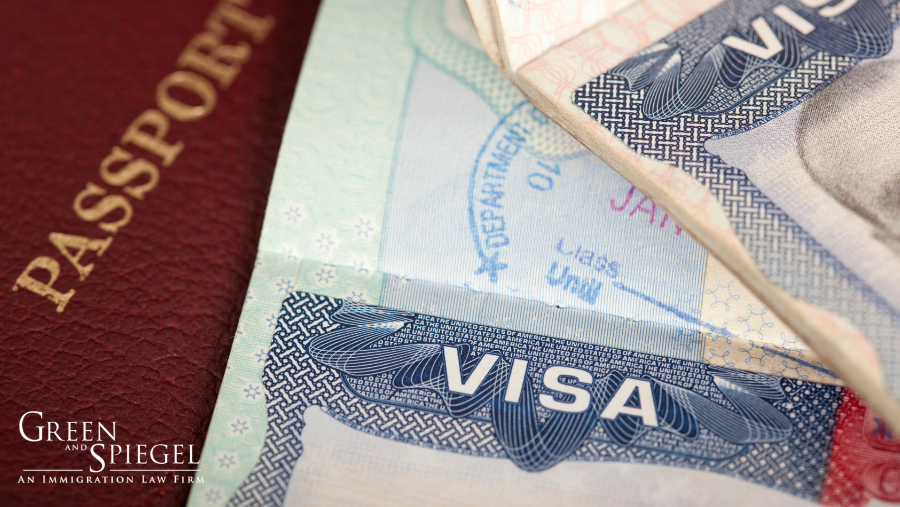On January 31, 2020, the U.S. Department of State announced a revised reciprocity schedule for the Netherlands. In short, the revisions include fee increases and validity period decreases for specific visa classifications (E-1/E-2, F-1/F-2, L-1, and R-1). The most dramatic of the revisions is the increase of E-1/E-2 visa fees from $0.00 to $2,228.00.
More specifically, the following changes have been made to the Dutch reciprocity schedule:
- E-1/E-2 Visas: Fee increase from $0.00 to $2,228.00; Validity decrease from 60 to 36 months (5 to 3 years)
- F-1/F-2 Visas: Validity decrease from 60 to 50 months
- L-1 Visa: Fee increase from $0.00 to $73.00
- R-1 Visa: Fee increase from $0.00 to $73.00
Unfortunately, these updates are very much in keeping with changes to reciprocity tables for other countries in the last few months. On December 23, 2019, for example, the DOS reported an increase from $105.00 to $3,574.00 for in E-1/E-2 reciprocity fees for Australian nationals. Similar increases were made for H-1B/H-4 and L-1/L-2 visa classifications.
For context, the Department of State determines “reciprocity” requirements for certain visa types. Depending on the applicant’s nationality and desired visa classification, the individual may be required to pay an additional fee, or may be issued a visa with a shorter validity period than what is standard. The DOS defines “reciprocity” thusly:
“…when a foreign government imposes fees on U.S. citizens for certain types of visas, the United States will impose a reciprocal fee on citizens of that country*/area of authority for similar types of visas.”
More information regarding changes to reciprocity schedules is readily available on the DOS website, which features a “Reciprocity: What’s New?” table. Thus far in 2020, the Netherlands, India, and Spain are among the countries affected by fee and validity period adjustments.
We will continue to monitor these developments and their effects as they unfold. Green and Spiegel is offering free planning sessions to all current Dutch clients in light of the new changes. If you have questions regarding the E, F, L, or R visa classifications, or if you wish to learn more about the potential impacts of this policy, please do not hesitate to contact us.





